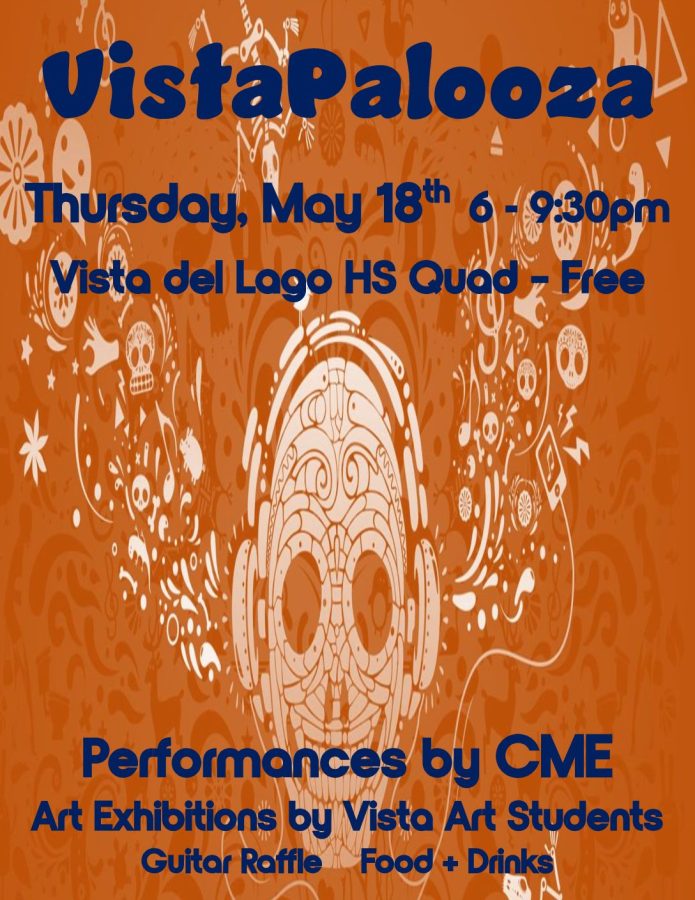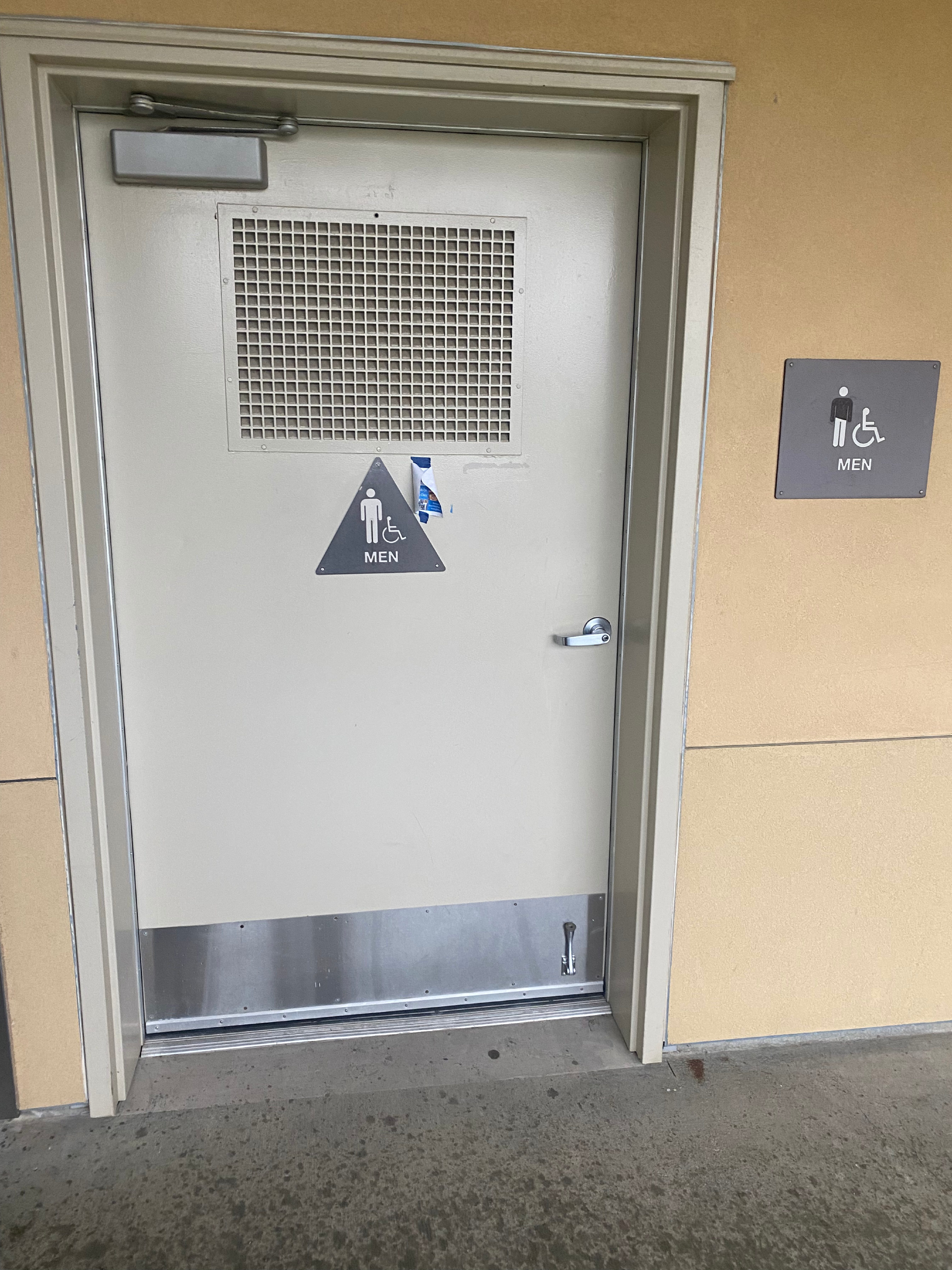Evolution of Thanksgiving: How Does Vista Celebrate?
Eagle time: Dec 20, 2017
In 1636, the European settlers of North America discovered the dead body of one of their men lying still in his boat. Blaming the Pequot Native Americans, the settlers burned the neighboring indigenous villages out of revenge. Major John Mason then ordered that the settlers start war, resulting in an attack against the Pequot villagers and the murder of hundreds of men, women, and children.
The day after the massacre, Governor of the Massachusetts Bay Colony William Bradford wrote, “For the next 100 years, every Thanksgiving Day ordained by a Governor was in honor of the bloody victory [against the Pequot], thanking God that the battle had been won.”
Bloody, vengeful, and overlooked–these are the origins of Thanksgiving.
Although the Pilgrims did celebrate their harvest with a Thanksgiving feast in 1621, we can thank Bradford for the tradition of observing the holiday on a regular basis. Yet, as years come and go, the lesser-known origins of Thanksgiving have left scars on American history that do not go ignored.
According to uaine.org, Thanksgiving marks a “national day of mourning” especially among the Native Americans of today. Instead of celebrating the holiday with the usual Thanksgiving feasts and festivity, some Americans choose to spend the day reflecting on the past mass genocides and abuse of the indigenous culture.
Regarding the historical context of Thanksgiving, Eliana Mugar, a junior at Vista del Lago High School, commented on how our perceptions regarding American holidays have evolved over time. “History has sort of been watered down like Columbus Day has been,” said Mugar.
However, most Americans nowadays view Thanksgiving as a day dedicated to its yearly meal, unity, and gratitude.
At Vista, students of different cultural backgrounds spend Thanksgiving by expressing gratefulness, reuniting with family, and initiating the holiday shopping season. “As Malaysians, we don’t celebrate Thanksgiving in a unique way, but we usually get together with family friends,” said Sydnee Tan, a sophomore at Vista.
As expected by tradition, Vista students dedicate the day to enjoying a Thanksgiving meal, whether it be in a traditionally American or culturally unique way. “We Indianize [Thanksgiving],” said senior Puja Madgula. “Because we’re vegetarian, we get tofu turkey instead.”
On the other hand, junior Sara Cheng said, “I usually go to my uncle’s house for Thanksgiving and have a traditional Thanksgiving dinner. We always go Black Friday shopping towards the end of the evening, too.”
However, Thanksgiving wouldn’t be such a beloved American holiday if it weren’t for its connotation of appreciation and reflection. Past the meals and family reunions, students commented on the significance of the holiday and the implications of its title. “Thanksgiving means reflecting on the blessings we have been given,” said Cheng.
Likewise, junior Evelyn Huey views the holiday as an ideal time for reflection. “To me,” said Huey, “Thanksgiving is a day to reflect over my life and see how fortunate I am and all I have to be grateful for, as well as expressing thankfulness to others.”
Despite the holiday’s questionable and lesser-known beginnings, Thanksgiving has undergone an evolution, molded by the passage of time and various cultures. The day continues to serve as a day dedicated to thought, whether it be to consider the things we are grateful for with close family and friends or to reflect on our past in order to honor those who have played a pivotal part of American history.









































